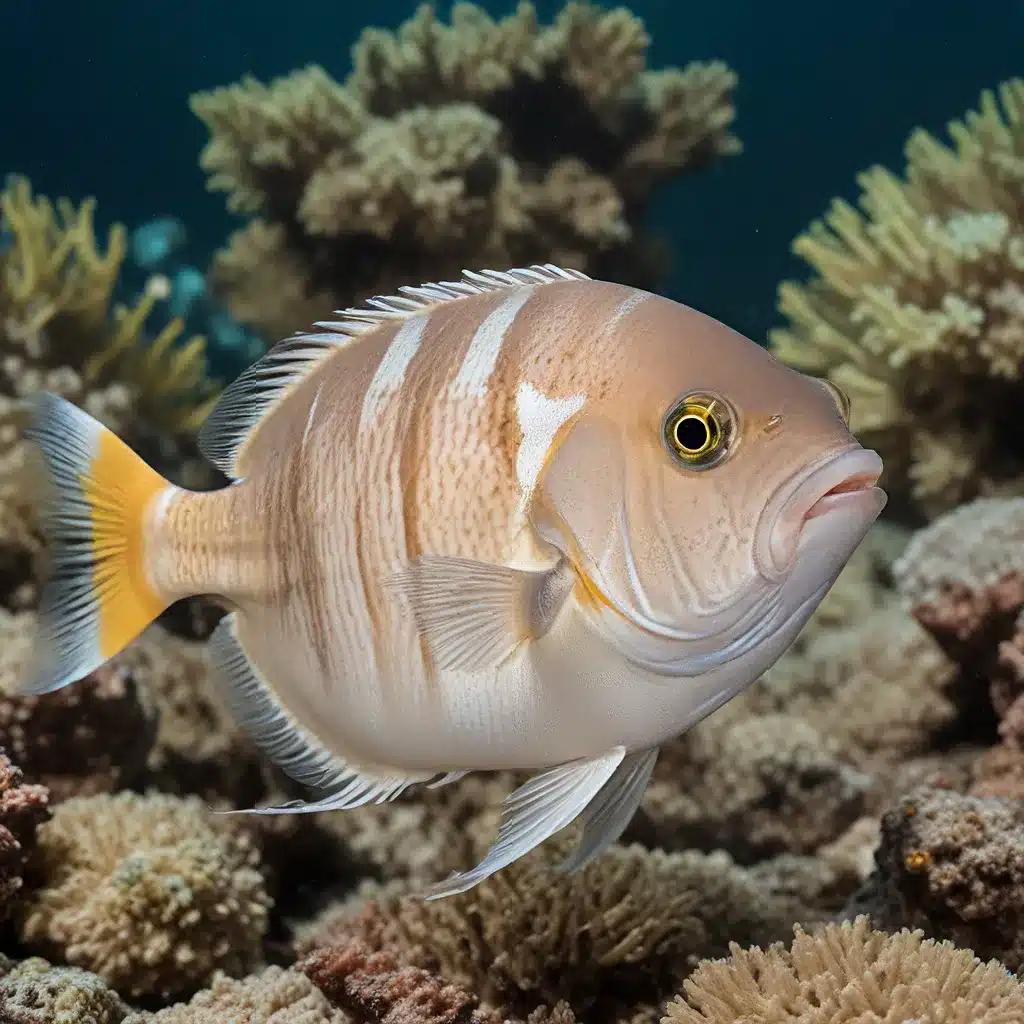
Uncovering the Hidden Social Lives of Aquarium Inhabitants
As dedicated aquarists, we often become captivated by the mesmerizing movements and vibrant colors of the fish swimming gracefully in our carefully curated aquariums. However, have you ever paused to consider the rich social dynamics unfolding beneath the surface? Fish, long considered solitary creatures, have surprisingly complex social lives that can greatly enhance the aquarium experience.
Delving into the intriguing social behaviors of our finned friends can unlock a deeper appreciation for these aquatic companions and inform our aquarium management strategies. By understanding the importance of social interactions, we can create environments that promote the well-being and natural behaviors of our fish, leading to a more harmonious and visually stunning aquarium.
Schooling and Shoaling: The Power of Community
One of the most fascinating aspects of fish social behavior is their tendency to form organized groups, known as schools or shoals. Many popular aquarium species, such as tetras, danios, and rasboras, are naturally inclined to thrive in these communal arrangements. Schooling and shoaling provide numerous benefits to the fish, including increased protection from predators, enhanced foraging efficiency, and improved orientation during migration.
When keeping these social fish in our aquariums, it’s essential to observe the recommended stocking densities and group sizes to ensure their well-being. Maintaining appropriate group sizes can foster a sense of security and encourage the natural schooling behaviors that are essential for their overall health and happiness.
The Importance of Pecking Order: Hierarchies and Territoriality
Fish, much like other social animals, often establish intricate hierarchical structures within their communities. This pecking order determines access to valuable resources, such as prime feeding locations, preferred hiding spots, and even potential mates. Understanding the dynamics of these hierarchies can help us anticipate and manage potential conflicts within our aquariums.
Some fish species, such as cichlids and certain territorial bettas, are known to be particularly aggressive in defending their personal space and resources. By providing ample hiding spots, visual barriers, and opportunities for subordinate fish to escape dominant individuals, we can create an environment that minimizes aggression and promotes harmonious coexistence.
The Language of Love: Courtship and Breeding Behaviors
Beyond the basic social interactions, fish also exhibit intricate courtship and breeding behaviors that are a delight to observe. From the vibrant color displays of guppies to the graceful dances of angelfish, these intimate behaviors can captivate aquarium owners and provide a glimpse into the complex emotional and social lives of our finned friends.
Recognizing and understanding these species-specific courtship rituals can inform our aquarium management strategies, allowing us to create environments that are conducive to successful breeding and the rearing of healthy fry. By catering to the unique social and reproductive needs of our fish, we can foster a thriving and diverse aquatic community.
Stress and Social Dynamics: The Importance of Balance
While fish may appear to live in a serene underwater world, the social dynamics within an aquarium can significantly impact their overall well-being. Overcrowding, the introduction of new individuals, and the presence of dominant or aggressive fish can all contribute to elevated stress levels, leading to a range of negative consequences, such as poor health, stunted growth, and even increased aggression.
Maintaining a delicate balance in the social composition of our aquariums is crucial for ensuring the long-term happiness and vitality of our fish. By carefully considering the compatibility of species, providing ample space and hiding spots, and monitoring group dynamics, we can create an environment that promotes social harmony and minimizes stress-induced behaviors.
Fostering Peaceful Coexistence: Aquascaping for Social Harmony
The design and layout of our aquariums can also play a vital role in facilitating peaceful social interactions among our fish. Thoughtful aquascaping, incorporating strategically placed plants, rocks, and decorations, can create visual barriers and territorial boundaries that help reduce conflicts and encourage natural behaviors.
By leveraging the principles of aquascaping, we can establish distinct territories, provide suitable hiding spots, and generate a sense of security for the inhabitants of our aquariums. This not only enhances the aesthetic appeal of our underwater gardens but also contributes to the overall well-being and harmonious coexistence of our finned friends.
Conclusion: Unlocking the Secrets of Finned Friendships
As we delve deeper into the fascinating social lives of fish, we uncover a world of intricate interactions, hidden hierarchies, and captivating courtship rituals. By understanding and catering to the social needs of our aquarium inhabitants, we can create environments that foster peaceful coexistence, vibrant community dynamics, and a heightened appreciation for the rich tapestry of life beneath the water’s surface.
Embracing the social complexity of our finned companions opens the door to a more rewarding and fulfilling aquarium experience. As we continue to explore the hidden worlds within our aquariums, we unlock the secrets of finned friendships and cultivate a deeper connection with the captivating creatures that bring such joy to our aquatic habitats.

